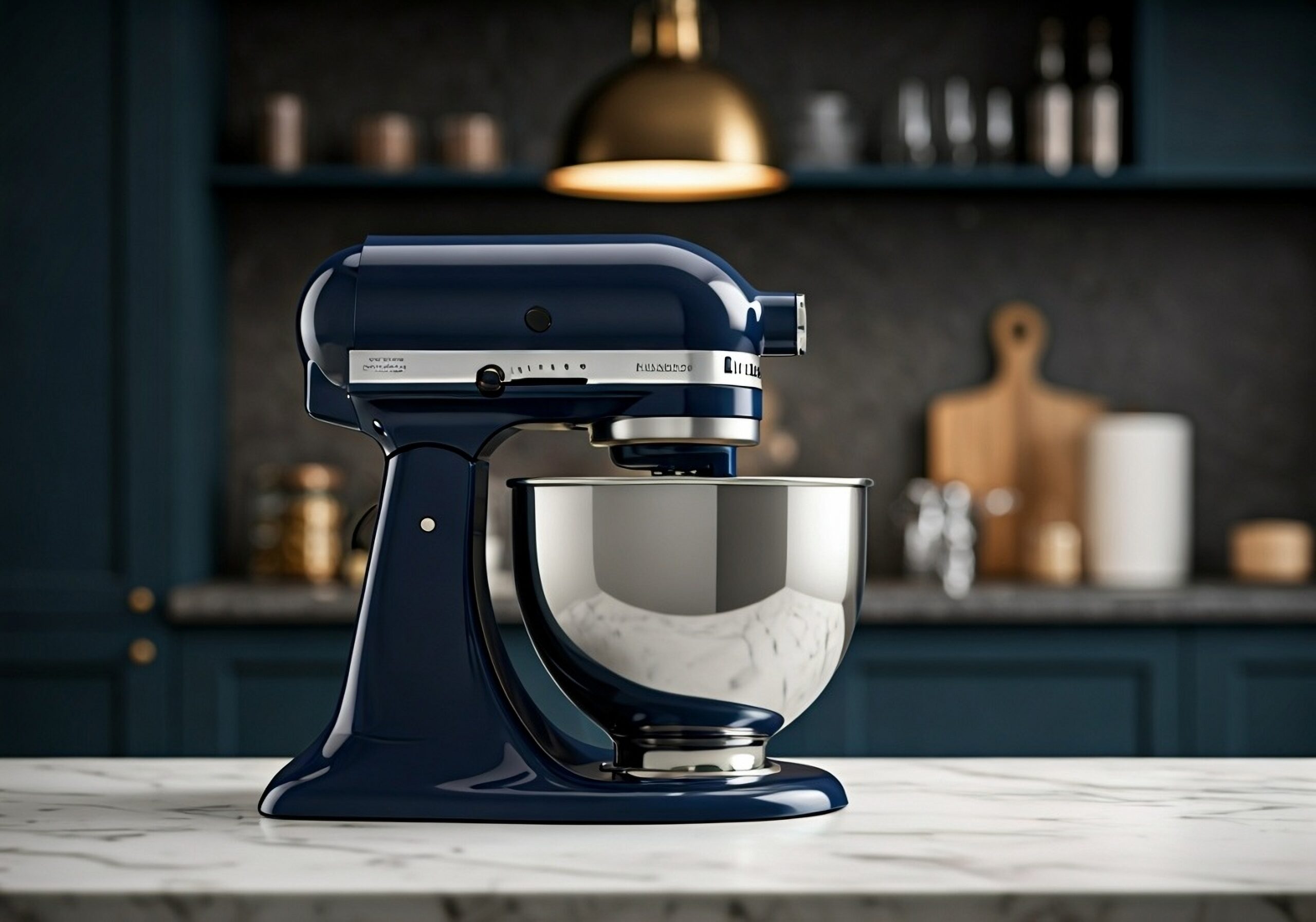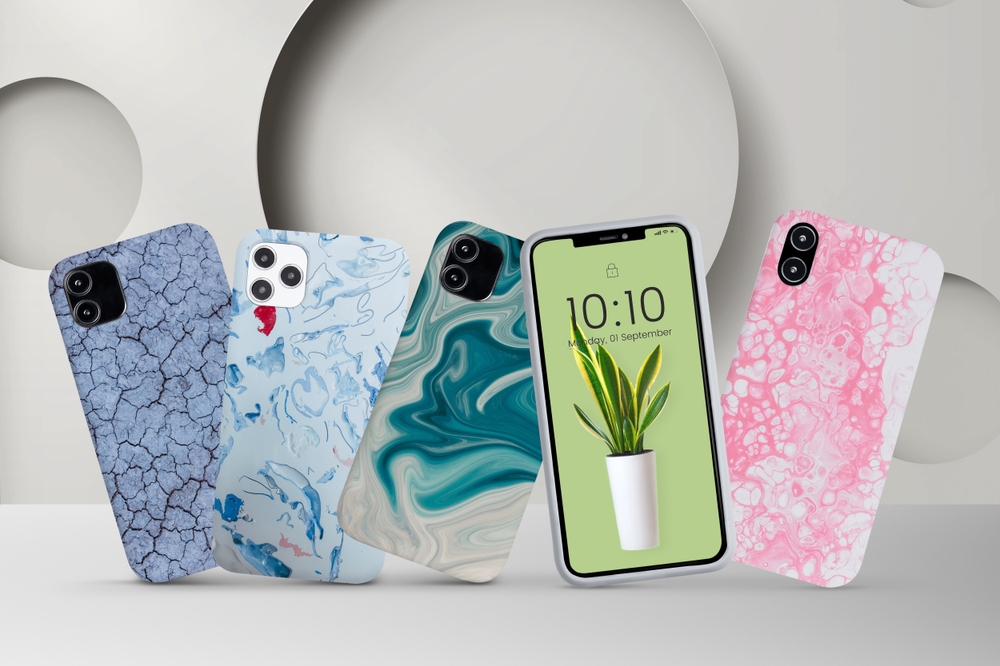We’ve all been there: facing the allure of a shiny new object that promises instant satisfaction or a boost to our mood. Emotional purchases can provide a quick dopamine hit, but the thrill often fades, leaving behind a twinge of regret. Yet, we find ourselves returning to this well-trodden path of retail therapy. Here’s a deep dive into the emotional purchases that people often regret yet repeatedly make, exploring the underlying impulses that drive these decisions.
1. The Last-Minute Vacation Package

The spontaneous allure of a last-minute vacation deal can feel exhilarating. You see an enticing offer pop up, promising an escape from the mundane, and before you know it, your credit card details are eagerly keyed in. While the idea of jetting off to a new location sounds appealing, many people regret these hasty decisions when reality hits: patchy itineraries, inconvenient flight times, and the nagging thought, “Did I really need this?” A study by the University of Surrey found that spontaneous travelers often experience higher levels of stress due to inadequate planning. The impulse to seek novelty often overshadows the rational assessment of the experience.
Despite the potential upheaval, the excitement of narrating a spontaneous adventure to friends can sometimes outweigh the initial discomfort. You envision the envious glances and the thrill of living a seemingly carefree lifestyle. But once the trip is over and the recounting is done, you’re left grappling with the added credit card debt and the realization that spontaneity doesn’t always translate to satisfaction. The cycle often repeats as the memory of stress fades, leaving behind only the tantalizing highlight reel of adventure. It’s a classic case of ‘experience over expense’, even if the experience was more chaotic than calm.
2. The Infomercial Fitness Gadget

Late-night infomercials have an almost hypnotic quality, drawing you in with promises of a new you. Those fitness gadgets, with their sleek designs and celebrity endorsements, whisper sweet nothings of transformation. It’s tempting to envision a toned physique emerging effortlessly from a few minutes of daily use. But once it arrives, reality sets in as it often ends up gathering dust in a corner, a silent reminder of yet another unfulfilled fitness vow. The impulse stems from the desire for quick solutions, but shortcuts rarely yield lasting results.
The constant barrage of new gadgets perpetuates the cycle, each claiming to be more revolutionary than the last. It’s easy to get caught up in the excitement of possibility, believing that this time will be different. But as the novelty wears off, the realization strikes that true fitness requires commitment and consistency, not just the latest trending equipment. Even knowing this, the allure of an easy fix is hard to resist, and the cycle continues with each new product. It’s a testament to the power of persuasive marketing over practical decision-making.
3. Designer Coffee Machines

There’s a certain prestige that comes with owning a top-of-the-line coffee machine, a status symbol for the modern kitchen. These machines promise barista-quality brews in the comfort of your home, seducing you with the idea of saving money by skipping the daily café run. However, the reality often includes the hassle of maintenance, expensive capsules, and the realization that you might not be the coffee aficionado you thought you were. A study by Mintel highlights that while 40% of people purchase high-end coffee machines, a significant portion admits to rarely using them. Despite initial dreams of becoming a homebrew master, convenience often wins, and the daily café habit resumes.
Even when you’re armed with this knowledge, the temptation remains strong. The sleek designs and sophisticated technology play into a lifestyle fantasy, making you feel like a character in a chic culinary show. Owning such a machine can feel like an accomplishment, a step towards elevated living. But when the excitement wanes and it becomes more of a chore, the regret settles in. Yet, the cycle continues as newer models promise even more features and innovations, keeping the dream alive.
4. Subscription Box Services

Subscription boxes promise a delightful surprise delivered to your doorstep, tapping into the joy of unwrapping something new. The appeal lies in the anticipation of discovering curated goodies, handpicked just for you. Yet, the initial excitement often gives way to disappointment as the contents don’t always match up to expectations or justify the expense. Over time, the boxes mount up, filled with items you didn’t particularly want or need. Despite this, the allure of a monthly surprise keeps people coming back for more.
This continuous cycle is fueled by the fear of missing out on something truly special, a hidden gem among the mundane. The curated marketing taps into the consumer psyche, making you feel like part of an exclusive club. Yet, the regret of accumulating unnecessary clutter sets in once the novelty wears off. However, the memory of that one great find can overshadow the disappointment of numerous duds, perpetuating the cycle. The emotional high of anticipation often outweighs rational judgment.
5. High-Tech Kitchen Gadgets

In a world where culinary prowess is showcased on social media, owning the latest kitchen tech can be irresistibly tempting. These gadgets promise to revolutionize your cooking experience, from smart blenders to multi-functional cookers, enticing you with visions of gourmet meals at the push of a button. However, the reality often involves a steep learning curve and the realization that your culinary skills aren’t quite ready for such sophistication. Consumer Reports notes that while sales of smart kitchen gadgets are rising, many end up rarely used due to their complexity and the time commitment required. The discrepancy between expectation and reality often leads to regret.
Despite this, the allure of culinary innovation is hard to resist. The gadget becomes a symbol of modern mastery, a step towards culinary excellence that’s only a click away. Even when previous purchases have failed to deliver, the promise of convenience and creativity makes you believe that the next purchase will be the one that transforms your kitchen game. The cycle of regret and renewal continues, spurred on by the magnetic pull of progress and the desire to keep up with the ever-evolving trends. It’s a modern-day paradox where the pursuit of simplicity often leads to complexity.
6. Trendy Fashion Pieces

The fashion world moves at lightning speed, with trends popping up and fading away before you’ve even worn out last season’s must-have item. The temptation to stay stylish and relevant can lead to impulsive purchases of trendy pieces that rarely see the light of day. While the excitement of donning the latest fashion can provide a temporary boost, it often ends in regret when faced with a closet full of clothes that don’t quite fit your personal style or lifestyle. The cycle is perpetuated by the fear of missing out on the next big trend. In the end, the pursuit of fashion often leaves a trail of unworn garments and a sense of buyer’s remorse.
The fashion industry’s relentless push for newness can be hard to resist, creating a sense of urgency to purchase before the trend fades. The thrill of showcasing a trendy outfit can overshadow the practical consideration of whether it’s a piece you’ll truly wear. Yet, the excitement is short-lived, often replaced by the realization that trends are fleeting and personal style is enduring. Despite this knowledge, the cycle continues as new trends emerge, each promising to be the one that truly defines your style. The constant churn of fashion makes it difficult to break free from the grip of impulsive buying.
7. Limited Edition Collectibles

The allure of limited edition items lies in their exclusivity and the promise of future value. The thought of owning something rare and unique can trigger a sense of urgency, pushing you to buy now or risk missing out forever. However, once the initial thrill fades, many people find themselves questioning the real value of these collectibles. A report by Bain & Company discusses how the market for luxury collectibles is growing, yet notes that the emotional attachment often doesn’t translate into financial wisdom. The initial excitement of acquiring something rare often overshadows the practical implications of storage, maintenance, and actual utility.
Despite the potential drawbacks, the dream of owning a piece of history or a unique item is hard to resist. The limited nature of these items creates an illusion of scarcity, making them seem like a worthy investment. It’s easy to get swept up in the narrative of exclusivity, imagining the pride of ownership and the envy of others. However, once the reality of maintaining and insuring these items sets in, regret can creep in. Still, the cycle persists as new editions release, each promising to be even more exclusive and valuable.
8. High-Interest Store Credit Cards

The offer of a store credit card can seem enticing, especially when it comes with an instant discount on your purchase. These cards promise savings and rewards, making them an appealing choice for frequent shoppers. However, the allure quickly fades when faced with high-interest rates and fees that can quickly surpass any initial savings. The cycle of regret often begins when the first bill arrives, accompanied by a realization of the long-term financial commitment involved. Despite this, the temptation to open another card remains strong, fueled by the promise of immediate gratification.
The initial thrill of getting a discount or reward can overshadow the future financial burden. It’s easy to justify the decision in the moment, believing that you’ll manage the payments responsibly. Yet, as balances grow and interest rates compound, the regret sets in, often too late to avoid the financial repercussions. Even with this knowledge, the cycle continues as new offers and incentives arise, each promising a better deal. The immediate appeal of savings often outweighs the long-term cost, making it a recurring regret.
9. Novelty Kitchen Appliances

The promise of revolutionizing your culinary creations with novelty kitchen gadgets is hard to resist. These quirky devices, from donut makers to spiralizers, often seem like the perfect solution to elevate your cooking game. However, once the initial novelty wears off, they tend to end up in the back of a cupboard, forgotten and unused. The regret often sets in when you realize that your cooking habits haven’t changed, and the gadget hasn’t lived up to its promise. Despite this, the lure of the next innovative appliance continues to tempt, fueling a cycle of purchase and regret.
The appeal of these gadgets often lies in their potential to transform mundane cooking tasks into exciting culinary adventures. It’s easy to get swept up in the excitement of trying something new, believing that this time, the gadget will make a lasting impact. Yet, the reality is that true culinary transformation requires more than just the right tools; it requires time, effort, and a willingness to experiment. The cycle perpetuates as new gadgets hit the market, each promising to be the one that truly changes your kitchen experience. It’s a continuous dance between desire and practicality, where the former often wins out.
10. Impulse App Purchases

In the digital age, app stores offer a myriad of possibilities at your fingertips, from productivity boosters to entertainment options. The lure of instant access to new features and functionalities can lead to impulsive app purchases that quickly lose their appeal. While the initial download might feel exhilarating, the regret often sets in when the app fails to deliver or becomes obsolete. The continuous stream of new apps fuels the cycle, each promising to enhance your digital experience. Despite previous disappointments, the temptation remains strong, driven by the hope of discovering the next game-changing app.
The convenience of digital purchasing makes it easy to overlook the cumulative cost of these seemingly small expenses. In the moment, the decision feels justified, especially when an app promises to solve a problem or provide entertainment. However, as app downloads accumulate and clutter your device, the realization hits that quantity doesn’t equal quality. Yet, the cycle continues as new apps emerge, each presenting the possibility of delivering the features and benefits you’ve been seeking. The digital landscape is ever-evolving, offering endless opportunities for impulse purchases and the potential for regret.
This article is for informational purposes only and should not be construed as financial advice. Consult a financial professional before making investment or other financial decisions. The author and publisher make no warranties of any kind.








